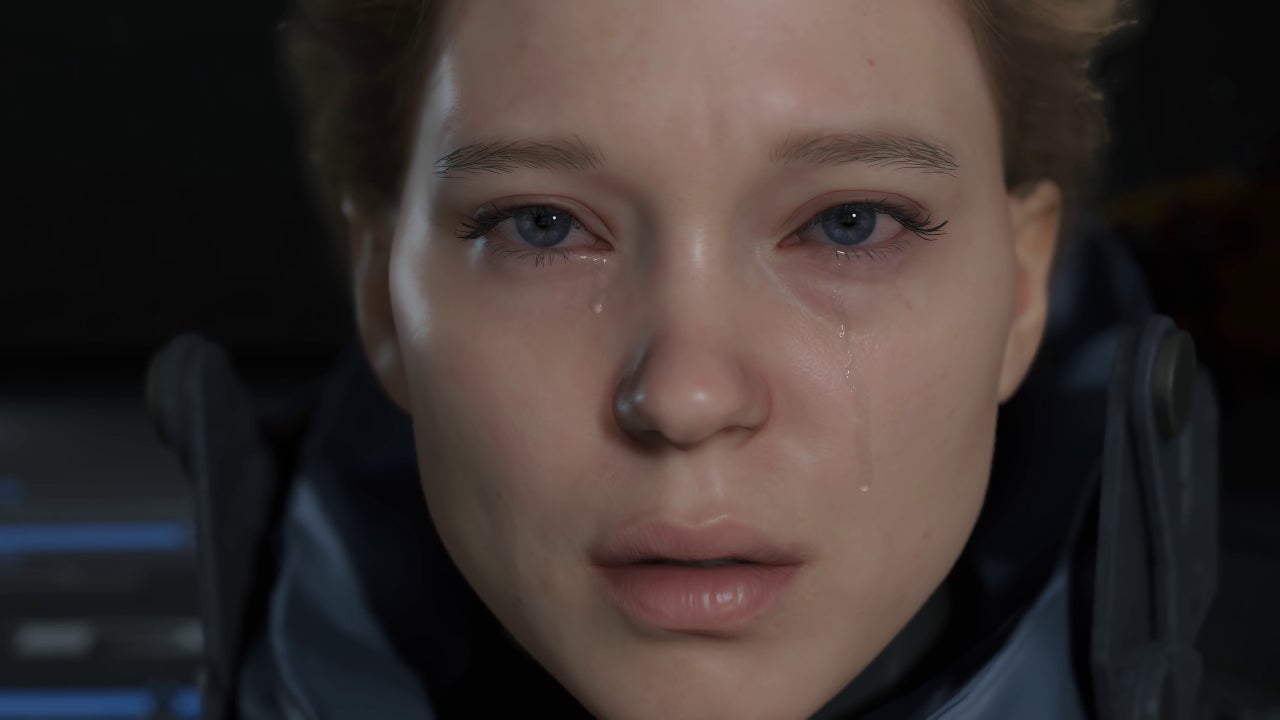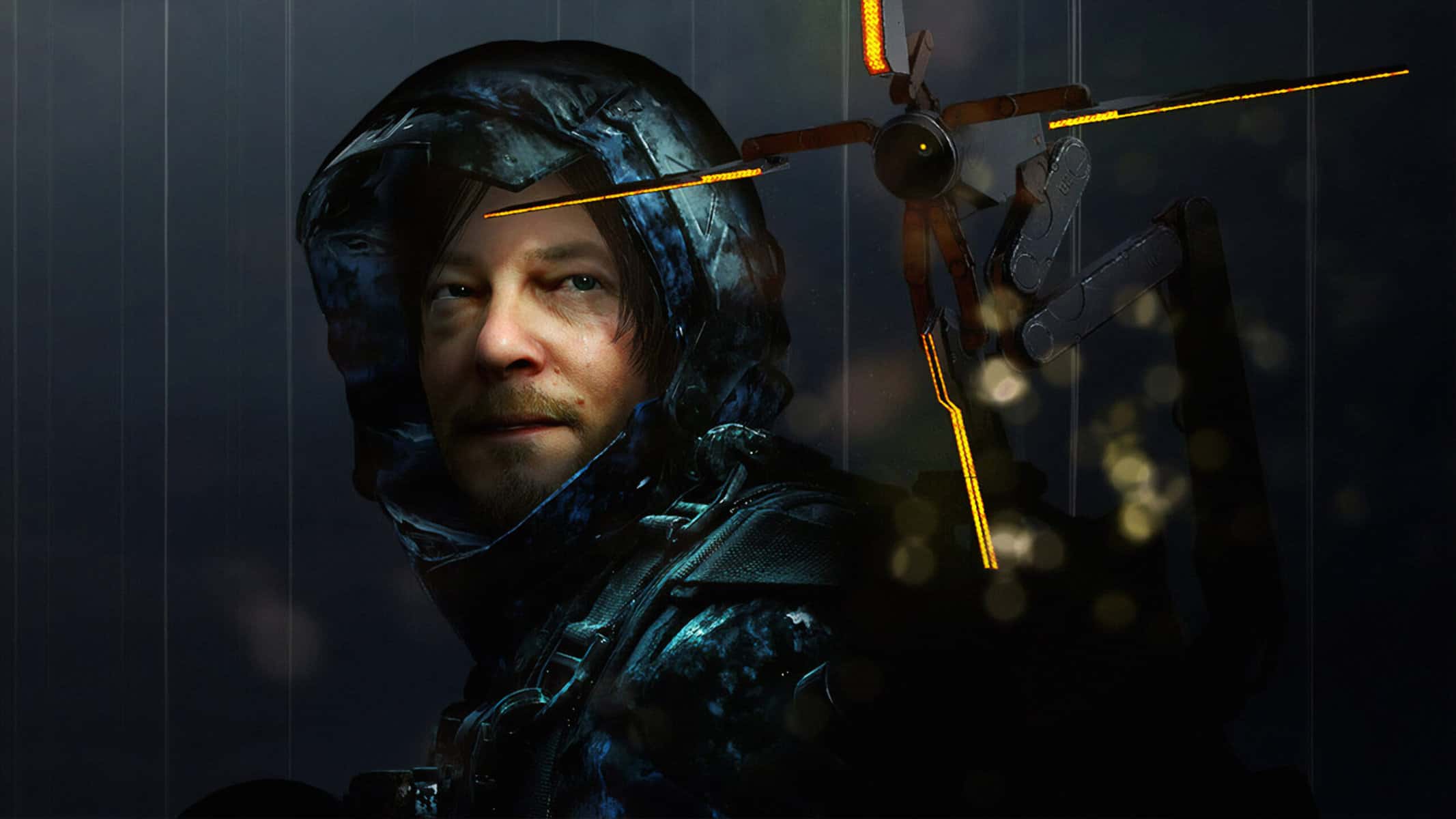You can trust VideoGamer. Our team of gaming experts spend hours testing and reviewing the latest games, to ensure you're reading the most comprehensive guide possible. Rest assured, all imagery and advice is unique and original. Check out how we test and review games here
In Death Stranding, the fate of certain characters will be placed in the player’s hands as the relationships Sam builds through the strand system wax and wane throughout the game (via VG247).
The strand system is the selling point of Death Stranding, and Hideo Kojima has likened this to Into the Spider-Verse. ‘Miles thinks he is the only Spider-Man, then different characters from different alternate dimensions also become Spider-Man and meet up, all of a sudden Miles is not alone! Of course Death Stranding will be different but it's a clue towards what the game is about.’
To reconnect the ruined world is Sam’s mission, and to do so, he delivers cargo between BRIDGES bases and restores their connection to the Chiral Network. But, Kojima has left the question of whether connection is a universal positive open for the player to draw their own conclusions. Choice and connection seem to be central themes, and the game’s creator has shed a little light on what players could expect from Death Stranding at a panel at the Garage Museum of Modern Art in Moscow.
Translated by Reddit user Keqpup, Kojima drew on an example of an NPC that Sam will encounter on one of his hikes across the land. At the start of the game, a character is ill and requires medicine that Sam will deliver to him, and this journey is mandatory for the player to get a feel for the mechanics. ‘After completing this quest, the player himself chooses the following actions: you can constantly go to the old man and carry medicine; can deliver other items; you can listen to his stories from the past,’ Kojima explained.
‘But the player is constantly moving forward and moving away from the character. And I'm sure that there are gamers who forget about this old man,’ he said. ‘ And then they will remember and return to it. Since they have not carried medicine to him all this time, he will die by this moment. Through such actions, a connection arises with the character.’
What Kojima described is how the strand system is formed and develops as the game progresses, and the consequences of either maintaining or leaving these relationships behind. But, this description sounds very like lots of other games that use branching storylines to determine character conclusions and ‘good’ endings, ‘bad’ endings, and ‘secret’ endings. Kojima could be stressing that he hopes that the emptiness and desolation of Death Stranding causes players to pause and consider which connections truly matter to them and make those tough calls.
Death Stranding isn’t a total void, though. People will be able to construct ladders for other players to use in-game, and award them ‘likes’. And, players could sprout a mushroom from weeing on the same spot on the map with the promise of ‘something good later on’ from the fungus.
Death Stranding is scheduled to launch on PlayStation 4 on November 8, and will release onto PC some time later.

